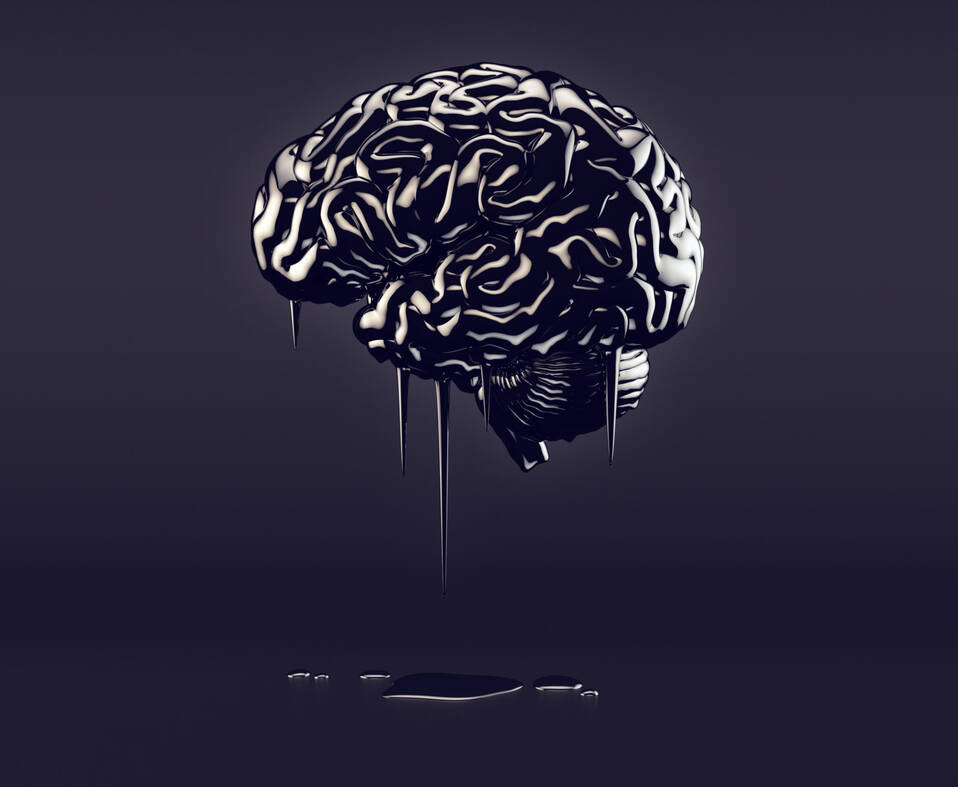Source: analyticsinsight.net
Technology is slowly evolving into a better form. Every innovation has its own features and solidarity. However, the tech world is looking at possibilities of merging one invention with others to bring a high level of development.
Artificial Intelligence (AI) is the simulation of human intelligence in machines that are programmed to think like humans in their stance. It is a wide-branch of computer science concerned with building smart machines that are capable of performing tasks that typically require human intelligence. Whereas, Augmented Reality (AR) is a blend of interactive digital elements like visual overlays, haptic feedback and other sensory projections into our real-world environment through virtualisation. Machine Learning (ML) is an application of artificial intelligence that provides the system with the ability to automatically learn and improve from the experience without being programmed. Machine learning is the process where an AI application solely improves its skills by observing the action and following it.
All these technologies have their own performance and skills through which they keep bringing in new devices. But what will happen if they are put together to work and help humankind? The technologies will turn smart enough to tell human what to do at a stage. The combination of AI, ML and AR will change the face of design soon.
There is already an emergence between AI and AR which is surely changing the way humans interface with systems. The collaboration has brought delight among researchers who worked hard to develop a high-profile outcome. Augmented reality with AI has brought a virtual environment where people experience the actual physical circumstance. Recently, a college convocation through zoom featured the whole school in a video conference giving the students a ‘go back to school’ experience. The students too were virtually created as avatars making them walk through the campus. Henceforth, the emergence of collaborated technologies could give more than what humans expect.
A look through the technology revolution
When Analytical steam engine was created by Charles Babbage in the early 1800s, he thought that it could only used to context the performing mathematical calculations, which he disliked doing by hands. Ada Lovelace wrote in her book about the possibilities of a computer using numbers as symbols to represent things like musical notes. She even mentioned that machines have the ability to compose elaborate and scientific pieces of music of any degree of complexity or extend.
Artificial Intelligence was founded in 1956 at Dartmouth Workshop. After the workshop, people started wondering what could be developed out of it. But the race was a little slow until the 2000s when scientists started coming up with innovations every day. Even in the Gartner Hype Cycle conducted in 2014, AI in the form of machine learning was not acknowledged as a revolutionary change. However, the 2015 edition marked it as a peak of inflated expectation. Within a 70 year period technology has changed its intercourse to the world totally.
Diminished Reality (DR) and Virtual Reality (VR) on the other side of the coin
Artificial intelligence can do a number job on its own. But its emergence with other technologies could unravel features far beyond imagination. Machine learning and augmented reality are often combined tasks with AI. But on the other side is Diminished Reality (DR) which involves diminishing or deleting information from the real-world environment. For example, AI could notice every move by translating a scene you are observing into black and white and remove any extraneous items, leaving only the object of interest in colour. It is possible when you are wearing an AR/DR headset. The program could even function even when you are in a crowded space.
Virtual Reality (VR) has paved its way to attract humans by designing the physical circumstance on a digital basin. The actual scenes are created virtually through the technology which allows users to have an experience. Mixed Reality (MR) refers to the merging of real and virtual worlds to produce new environments and visualisation in which physical and digital objects co-exist and interact in real-time.
Wide-range of expectations from collaboration
Designing a substance or object is the prime outcome. Designing in other fields like engineering involves creating canals, dams, airports, etc. But it is different in technology. However, when it is in an electronic system, designing has made silicon chips. There are also hardware designers and software developers having a different role in shaping technology.
Henceforth, development and designing in AI, ML and AR are considered as keeping or adding new development to an existing system. For example, if a 3-axis accelerometer is added to a vacuum cleaner to monitor the vibration, a signal light could indicate the level of vibration in it. An addition of Wi-Fi to the feature will link it to a device from which notifications alert the user on bags change.
The merging of technologies like Machine Learning (ML), Augmented Reality (AR), Virtual Reality (VR), Diminished Reality (DR) with Artificial Intelligence (AI) will complement and enlighten the existing features.

